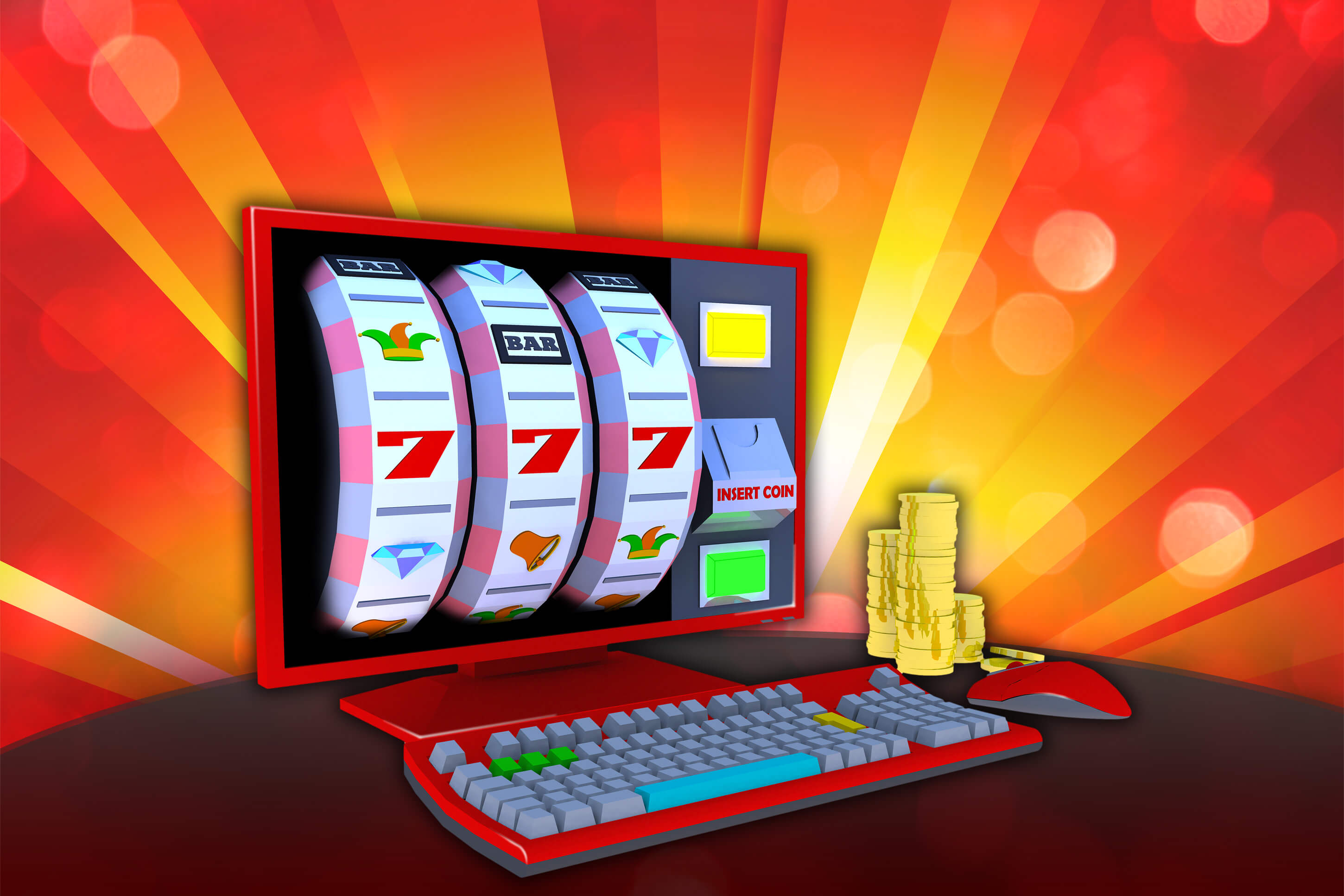
Within a vibrant and thrilling world of casinos, wherein luck and strategy intertwine, hues and design play a critical role in attracting players. As soon as visitors step into a casino or access a gaming website, they are enveloped in a visual feast that captures their attention and lures them to explore more. Vivid colors, engaging graphics, and innovative layouts are carefully crafted to create an environment of excitement and anticipation, ultimately enhancing the gaming encounter.
While players move through the dynamic landscape of casino games, they come across a variety of designs that not only serve aesthetic purposes but also influence feelings and choices. Hues like red and gold symbolize wealth and luck, while calm blues and emeralds can create a much tranquil environment. Understanding how these elements function together allows casinos to create an welcoming and energizing atmosphere that encourages players to interact with the games, invest additional time at the tables, and boost their overall enjoyment.
The Science of Hue in Casino Games
Color plays a critical role in the development of gambling games, influencing player emotions and behaviors. Bright and vibrant colors, such as crimson and yellow, are often used to incite excitement and capture notice. casino online non AAMS These colors create a sense of immediacy and energy, encouraging participants to participate more readily with the game. By thoughtfully selecting tints, developers aim to evoke emotions of pleasure and excitement, which can enhance the total gaming experience.
Different shades also have psychological associations that can affect how gamblers perceive their chances of success. For case, green is frequently associated with fortune and prosperity, making it a well-liked choice in activities like the roulette wheel and poker games. This connection can lead participants to feel more positive and self-assured in their gaming, ultimately inspiring them to wager more. Comprehending these links allows game developers to craft environments that enhance player enjoyment and retention.
In addition, the layout of casino game interfaces often utilizes color gradients and differing colors to instruct player actions. For case, winning results may be accentuated with striking, differing shades, creating a visual cue. This method supports favorable outcomes and supports repeated participation. By utilizing color psychology, gaming venues can develop activities that not only captivate gamblers but also maintain them involved and invested in their game experience.
Creative Elements that Engage Gamers
The visual appeal of gambling games is largely influenced by the implementation of bold colors. Lively and striking colors are deliberately chosen to create an inviting atmosphere that captures interest. For instance, reds and golds often signify luck and prosperity, which is why they are prevalent in the palettes of slot machines and table surfaces. These colors not only draw players in, but they also stir emotions associated with thrill and anticipation, enhancing the overall gaming experience.
In addition to color, the aesthetic and layout of casino games play a significant role in captivating players. Games are designed to be user-friendly, ensuring that players can quickly understand the rules and gameplay. User-friendly interfaces, along with engaging graphics and animations, help maintain gamer interest and encourage longer play sessions. The physical elements, such as the texture of the controls and the audio of the games, also contribute to a comprehensive sensory experience that keeps players immersed.
In conclusion, conceptual elements in gaming design can greatly influence player choice. Many gambling games are inspired by popular culture, fairy tales, or exploration motifs, incorporating symbols and characters that connect with players. These themes create a sense of engagement and relatability, making each game feel distinct. When players feel a connection to the concept, they are more likely to opt for that game over others, leading to higher participation and enthusiasm within the gambling environment.
Case Studies: Effective Gambling Table Game Designs
One key example of impressive casino game design is the acclaimed slot machine series themed around blockbuster movies. Games such as those based on the The Wizard of Oz and Game of Thrones utilize bright colors and superior graphics to enthrall players in recognizable narratives. The use of lively visuals and entertaining sound effects captures the focus of players, establishing an emotional connection to the theme. This approach not only encourages longer play but also boosts the overall gaming experience, leading to increased player retention.
Another effective case is the use of color psychology in table games like 21 and the wheel. Casinos often design these games with dark reds and greens, colors traditionally linked with luck and wealth. For instance, the emerald felt on a blackjack table provides a relaxing effect, while the red accents in the wheel invite thrill. This intentional use of color helps to create an inviting atmosphere that motivates players to join in, addressing their psychological impulses and boosting their enjoyment.
Finally, online casino games that feature social features and bright, colorful designs have achieved remarkable success in engaging players. Games like Zynga’s Poker and Slotomania leverage striking colors and playful animations to forge an inviting online environment. The inclusion of leaderboards, community sharing options, and in-game rewards fosters competition and community, pulling players in for longer sessions. Such designs not just make the games visually appealing but also emphasize community engagement, a key factor in player retention and engagement within digital casino environments.
